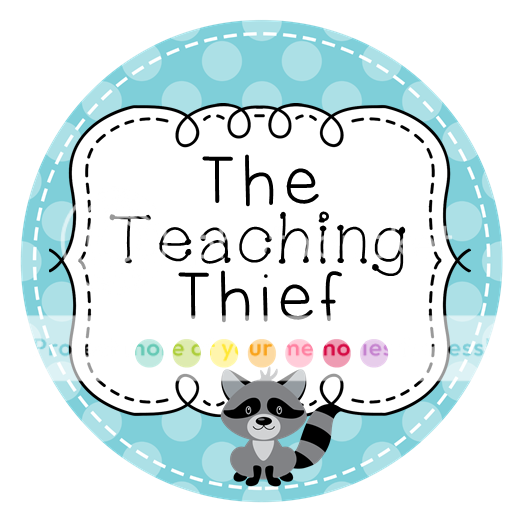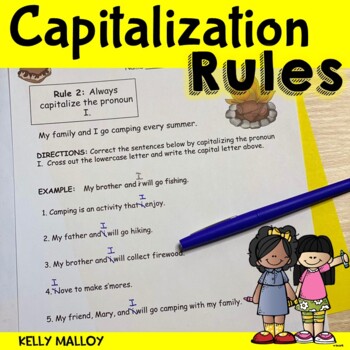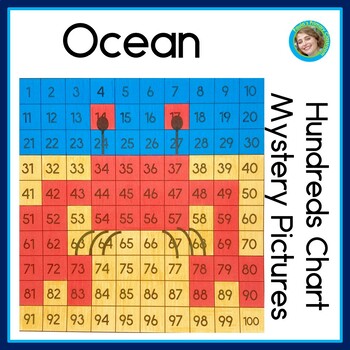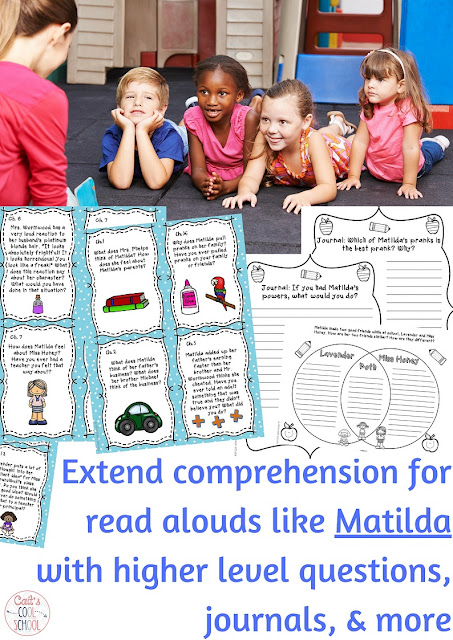You can also find my thoughts and ideas on other goals in this book below:
Goal 1: Supporting Pre-Emergent and Emergent Readers
Goal 2: Reading Engagement
Goal 3: Supporting Print Work
Goal 4: Teaching Fluency
Students who need to work on this goal are the ones who when asked to retell a text include EVERY SINGLE DETAIL, or the ones that say too little, or the ones who mention events in the story, but do not seem to have a clear understanding of how they are related.
Focus Strategy 1: Series Books Have Predictable Plots

As students become more proficient at reading, they often gravitate towards series books. There are several benefits to reading series books including:
- a deeper connection with the books' characters
- an increase in comprehension
- an increase in time spent reading
- less wasted time trying to decide what book to read next.
You may want to read this article about a Las Vegas school that created a culture of reading using book series.
In this strategy, you use the fact that things are often similar from book to book in a series to help students figure out what's most important, to retell what they've read, and to predict what come's next.
Serravallo suggests organizing your class into book clubs to give students support for understanding patterns in series books. Some prompts you might ask students include:
- What do you know about other books in this series?
- Is there a patterns to how the stories go in other books you've read?
- What might happen based on what you know about how problems were solved in other books in this series?
Focus Strategy 2: Let The Blurb Help You
Just like any other text feature, students need to learn how to use the blurb on the back cover of their books. Serravallo suggests that you can use the blurb to teach text structure, main problem, and theme. She also suggests a variation for using with nonfiction texts.
Some prompts you might ask students include:
- What will the structure of the book be, based on what you read?
- Do you have any ideas about the main problem the character will face?
Focus Strategy 3: Chapter-End Stop Signs
This strategy is great for those students who have trouble remembering events from a chapter books. Essentially, you let students know that each chapter will have at least one important event. You ask them to stop and jot about what that most important event is as soon as they finish reading a chapter. When they pick the book back up, they can remind themselves what happened so far by re-reading their notes. These notes can also be used to write a summary.
Serravallo says that students can use sticky notes, a notebook, or a paper with spots to jot after each chapter to keep track of their notes.
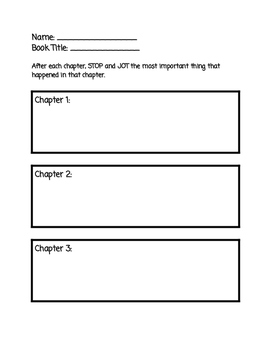
Remember, we are only picking and choosing some of the strategies to share with you - there are so many more great ones in this section as well as the rest of the book! You can see a complete list of all of the strategies here.
If you would like to purchase the book mentioned above, you can find it here.
Other books by this author that I LOVE!
This post contains affiliate links. I earn a small commission each time someone makes a purchase using one of my links, which helps to support the blog. All opinions are my own and I only promote brands and products that I have used myself and truly love.
Amanda from The Teaching Thief is officially hosting goal 5 over at her blog, so make sure you head over there to see which strategies she chose to share! While you are there, be sure to leave some comment love!
If you would like to link up your own blog posts about this book, feel free to do so in the linky below!







